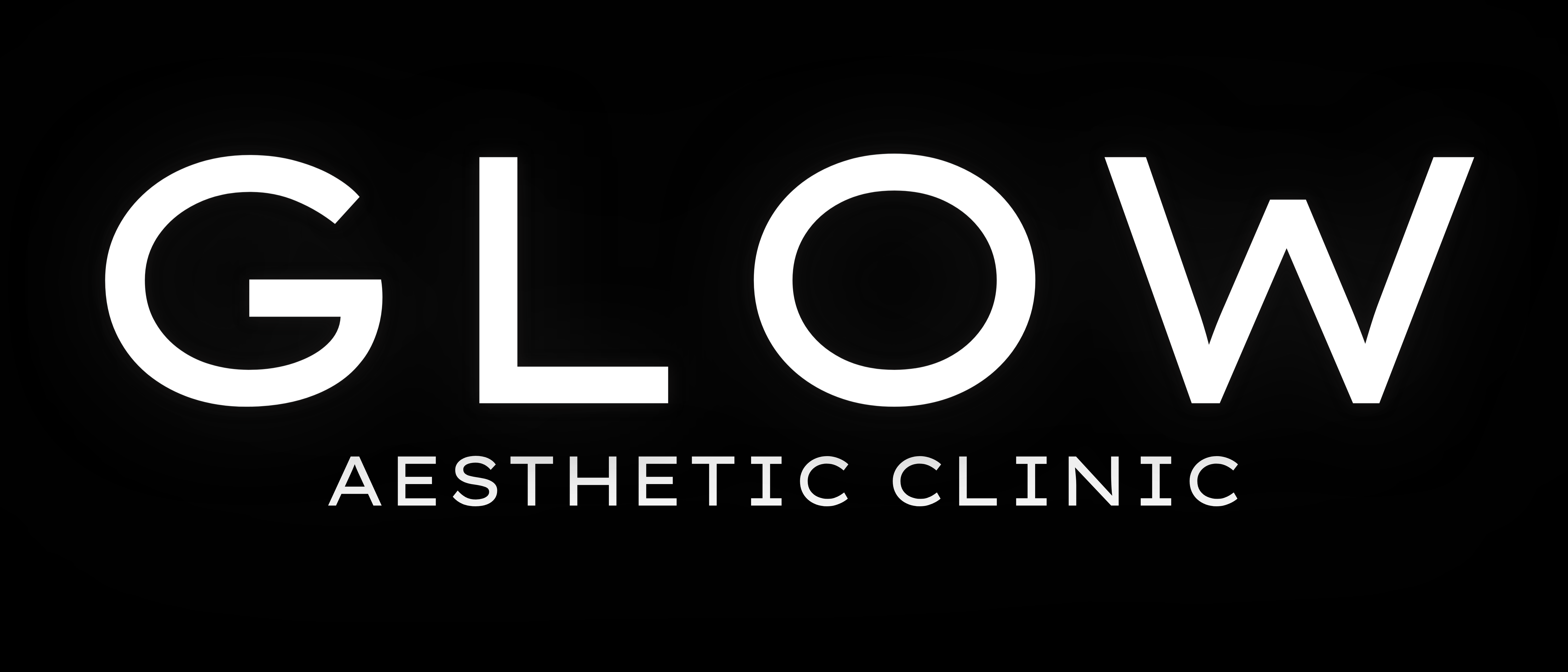Larson's Tattooing
$500 Permanent Lip Blush Voucher

$200
Available
10 9
Discount
60%
Value
$500
Deal Highlights
- With this deal, you will receive one voucher valued at $500 to Larson's Tattooing for a permanent lip blush.
- Skilled technician enhances the lips in a natural-looking way by inserting pigment onto the area.
- Your voucher will be emailed to you immediately after purchase.
- You can either print out the voucher or pull it up on your mobile phone to redeem.
Description
Wielding a tattoo pen, technicians apply permanent pigment that mimics the appearance of makeup, accentuating clients' natural features.
Frequently Asked Questions: Permanent Makeup
1. Where can permanent makeup be applied?
Permanent makeup can be applied pretty much anywhere on the face, and clients can pick and choose which areas make the most sense for them. Common applications include filling in eyebrows, top-and-bottom eyeliner, and lip liner and color. There are even specialists who have undergone extensive training to perform areola repigmentation, a procedure that helps breasts look more natural after reconstructive surgery.
2. Who is permanent makeup for?
While permanent makeup is a great solution for people who don’t want to spend time applying and reapplying makeup, it’s also helpful for people whose skin is too sensitive for traditional makeup, people with dexterity or eyesight conditions that make it challenging to apply makeup, and active people who don’t want their makeup come off when they sweat.
3. How permanent is permanent makeup?
Technicians will apply pigment into the dermal layer of skin, so it cannot be washed off. However, much like tattoos, the color may begin to fade over time. Clients should undergo regularly-scheduled touch-ups to keep their makeup looking its best.
4. Will it hurt?
Permanent makeup is a form of tattooing, so clients can expect some discomfort, though the level of pain will vary from person to person. Some technicians offer a topical anesthetic to cut down on the pain.
5. Is there any downtime after the procedure?
Most patients are able to return to work or school and resume their normal activities immediately after the treatment. But while the procedure is almost always performed on an outpatient basis, it’s probably a good idea to have someone pick you up afterwards.
Restrictions
- Valid for lip blushing.
- May use multiple vouchers per visit.
- No cash/credit issued on unused amount.
- Permanent makeup requires two sessions at Larson's Tattooing.
- Valid with Tara at Larson's Tattooing.
- Not valid for gratuity.
- Promotional value of Voucher(s) will expire 6 year(s) from date of purchase
Purchase Agreement
- Your Voucher(s) can be found in your emailed receipt or here: My Account
- All sales final, no refunds or exchanges for unused Voucher(s) or missed events
- Voucher(s) not redeemable for cash
- Bismarck Deals & incentRev are not responsible for closed establishments
- We are not responsible for lost or misplaced items






